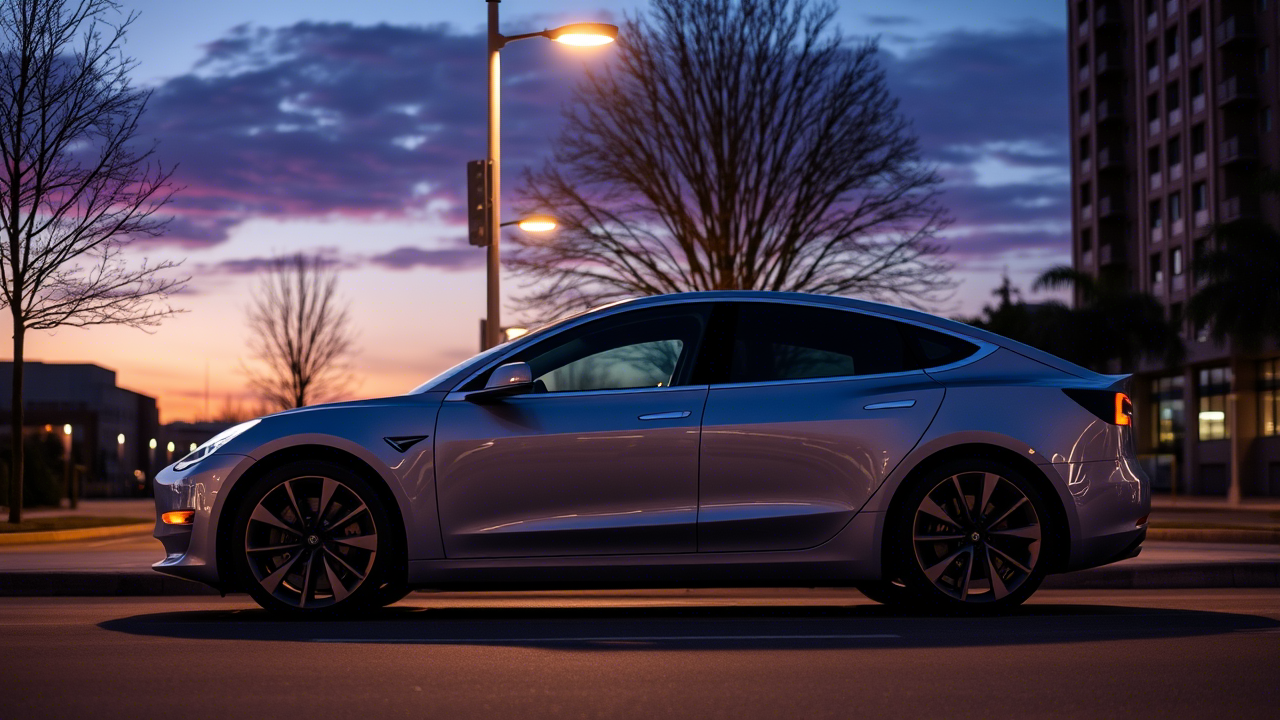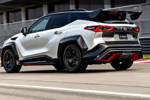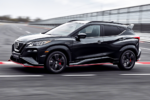The Tesla Model 3 has set new standards for vehicle safety and autonomous driving technology. With its robust structural design, advanced driver assistance features, and continuously evolving Autopilot system, the Model 3 is one of the safest electric vehicles (EVs) on the market. But how well does it actually perform in real-world scenarios? Let’s take a deep dive into its safety and automation features.
Tesla Model 3 Safety Features
✅ 5-Star Safety Ratings & Crash Protection
- The Tesla Model 3 has earned 5-star safety ratings from the NHTSA (National Highway Traffic Safety Administration) and Euro NCAP.
- Its low center of gravity (due to the battery placement) reduces the risk of rollovers.
- The Model 3 features a high-strength steel and aluminum frame, providing excellent impact resistance.
- Front and side crumple zones help absorb crash energy, enhancing occupant protection.
💪 Verdict: The Model 3 is structurally designed for maximum safety, outperforming many traditional sedans in crash tests.
✅ Active Safety Systems & Driver Assistance
Tesla’s Active Safety Suite includes:
- Automatic Emergency Braking (AEB) – Detects obstacles and applies brakes to prevent collisions.
- Lane Departure Warning & Correction – Alerts and steers you back if you drift unintentionally.
- Blind Spot Monitoring – Uses sensors to warn of approaching vehicles.
- Collision Avoidance Assist – Actively monitors traffic and intervenes if necessary.
🚦 Verdict: These features significantly reduce accident risks, especially in urban and highway driving conditions.
Tesla Autopilot & Full Self-Driving (FSD): How Advanced Is It?
🚗 Autopilot: Semi-Autonomous Driving
Tesla’s Autopilot is a Level 2 driver assistance system, meaning it enhances driving but still requires human supervision.
- Traffic-Aware Cruise Control – Adjusts speed based on surrounding traffic.
- Autosteer – Maintains lane positioning with minimal driver input.
- Automatic Lane Changes – Helps navigate multi-lane roads smoothly.
🛠️ Verdict: While impressive, Autopilot still requires the driver to stay engaged at all times.
🤖 Full Self-Driving (FSD) Capability: Is It There Yet?
Tesla’s FSD package aims for full autonomy, but currently offers:
- Navigate on Autopilot – Assists with highway exits and lane changes.
- Traffic Light & Stop Sign Recognition – Can slow down and stop at intersections.
- Summon & Smart Summon – Allows remote vehicle movement in parking lots.
- Autosteer on City Streets – (Beta) Handles turns and intersections, but still in testing phases.
🧐 Verdict: FSD is advancing but not fully autonomous yet—regulatory approvals and refinements are still needed.
Limitations & Concerns
- Hands-on requirement – Drivers must keep hands on the wheel and remain alert.
- False braking incidents – Some users report phantom braking due to over-sensitive sensors.
- Software-dependent – Performance varies based on over-the-air (OTA) updates.
- Regulatory challenges – Full autonomy is not yet legally approved in most regions.
⚠️ Verdict: Tesla’s technology is cutting-edge but still a work in progress. Drivers must remain cautious while using automation features.
Final Verdict: How Safe & Advanced Is the Tesla Model 3?
✅ Pros: ✔️ 5-star crash safety ratings & structural durability
✔️ Advanced active safety features (AEB, lane assist, collision avoidance, etc.)
✔️ Autopilot enhances driving comfort and safety
✔️ Regular OTA updates improve features over time
❌ Cons: ❌ Autopilot still requires driver attention
❌ Full Self-Driving is not yet fully autonomous
❌ Phantom braking & occasional software glitches
⭐ Overall Rating: 9/10 – The Tesla Model 3 is one of the safest vehicles on the road today, with robust crash protection and advanced driver assistance. While Autopilot and FSD show great promise, they still require human oversight. If you prioritize safety and cutting-edge technology, the Model 3 remains a top-tier choice.
🚘 Would you trust Tesla’s Autopilot for your daily commute? Share your thoughts below!



